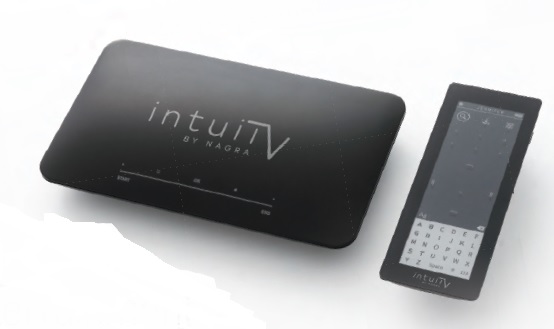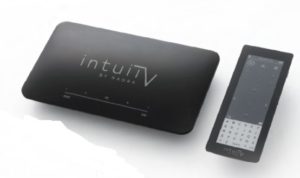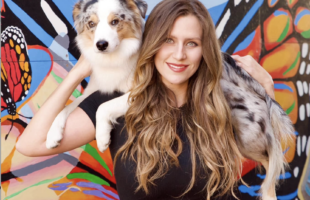
intuiTV

Share what happens at the back-end.
The Media Life back-end manages content and meta data, and helps to build the catalogue, so you can launch VOD service with operator’s content, catch-up TV, start-over and network PVR functions. It’s typically used by VTV for example, for recording the channels they would like to provide a Cloud PVR automatic catch-up service. Its EPG creates events and records the content on the platform up to a week, depending on the configuration. And when you wish to watch a programme that was broadcasted a few days ago, you simply look for it and click. It’s done over-the-top, using adaptive bitrate technology. Meaning, the same content goes either to the set-top box or to a tablet or a phone.
Our vision is that the television is going to all screens and it’s strategic for service providers to reach all the screens. One of the capabilities we’re bringing is being able to send content over a 4G network or hopefully 5G in the years to come. You can also download-to-go, where you get a copy of your content on your device and you’re able to watch it offline without an internet connection. It’s a very powerful feature for people travelling or in remote areas where internet connectivity is feeble.
These are the new capabilities of the Media Life platform from the back-end perspective, and all of these are made available in the UI through the set-top box or other platforms.
Gravity is our reference UI which provides a consistent user experience on all screens. Being able to look at the EPG, go back in time, starting over, etc. are available across the platforms, to start watching on one device and resume at the same point you stopped on another device. These are the capabilities we manage from the back-end.
In a connected world, the EPG becomes the point of entry to a lot of content. We have a very configurable product, so over the years, we’ve used many languages that span not only left to right, but top to bottom as well, making the EPG localised. We simply change some parameters and it displays the other way. For example, we’ve done it in Israel, in Hebrew.








